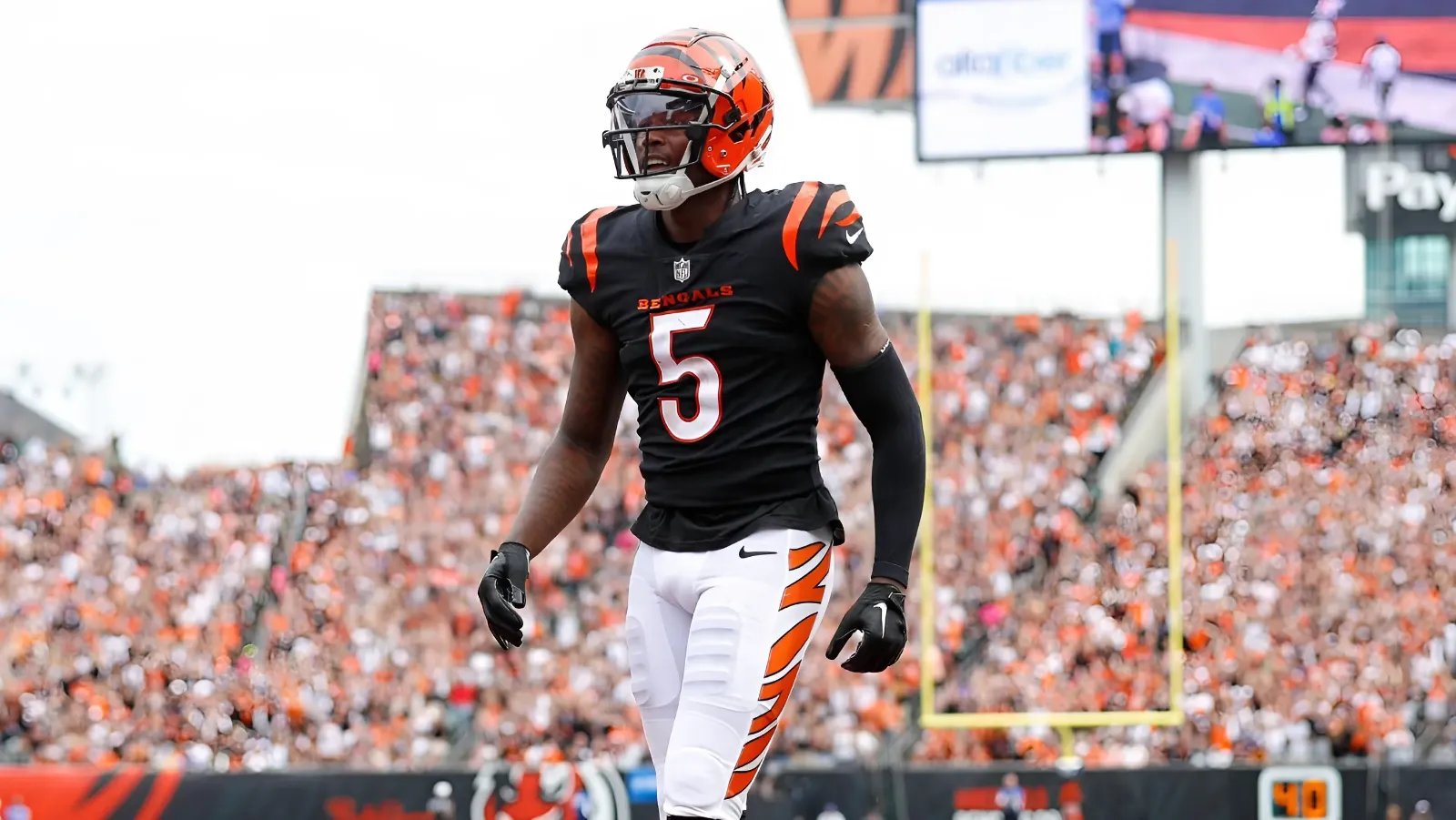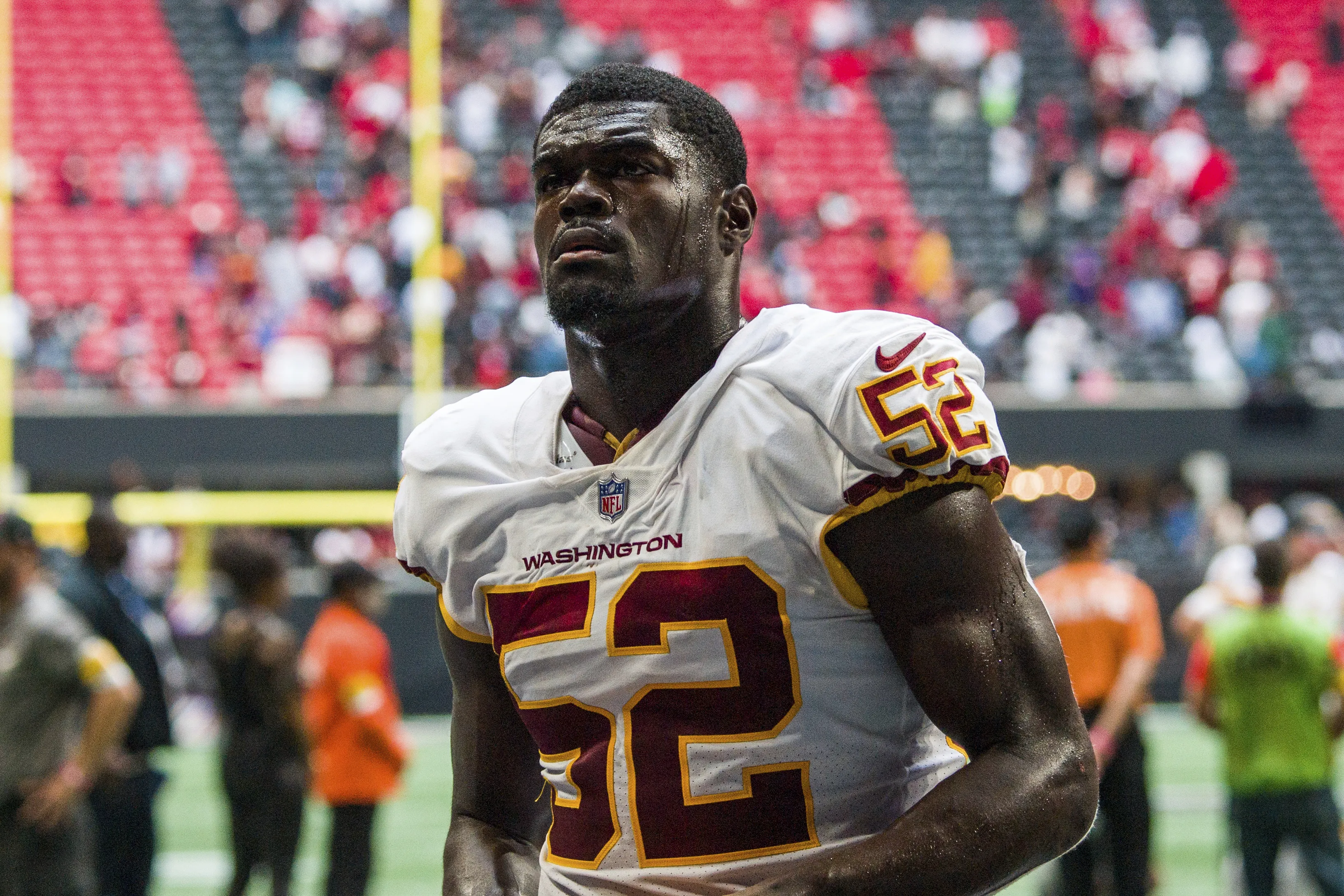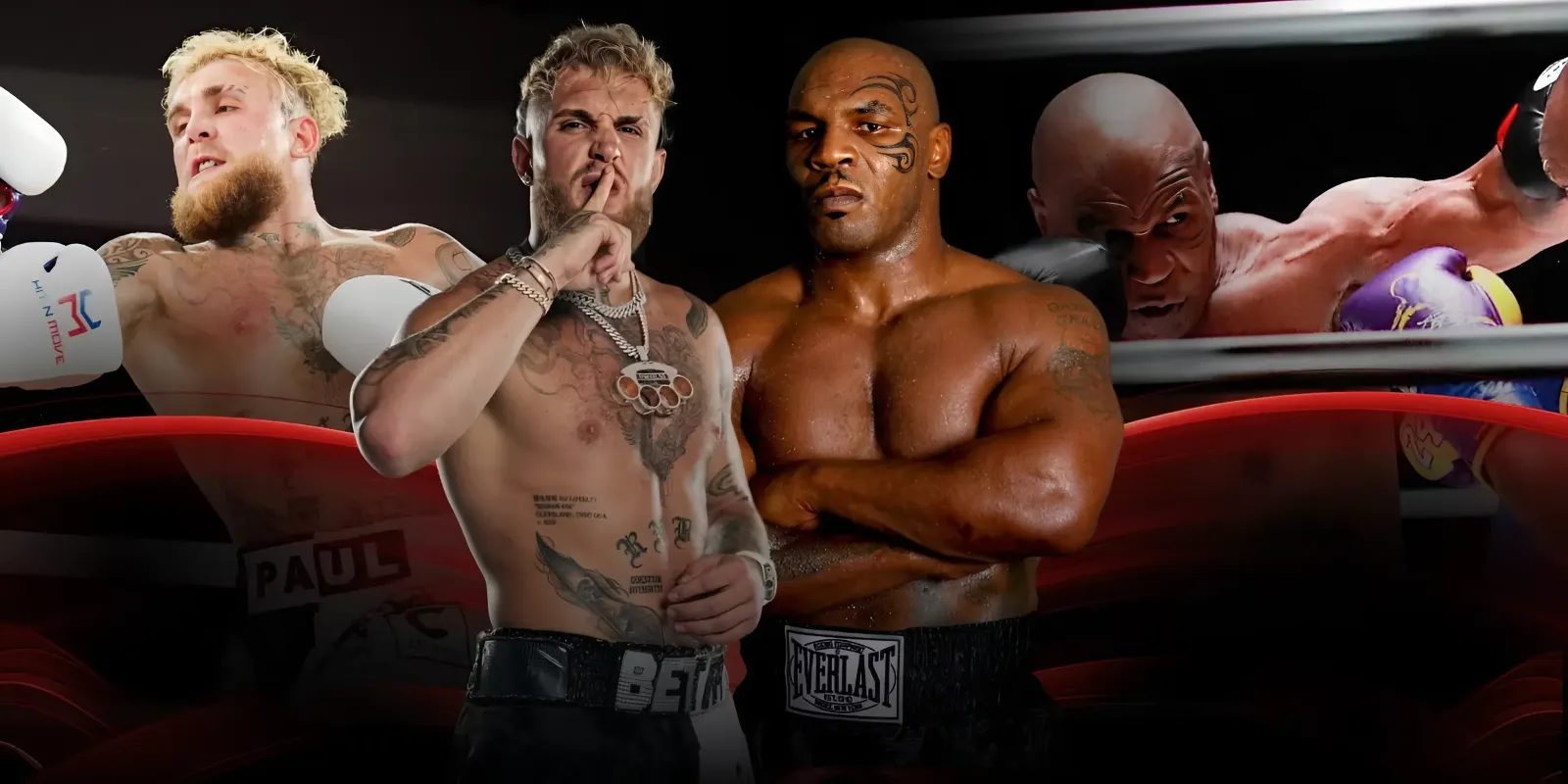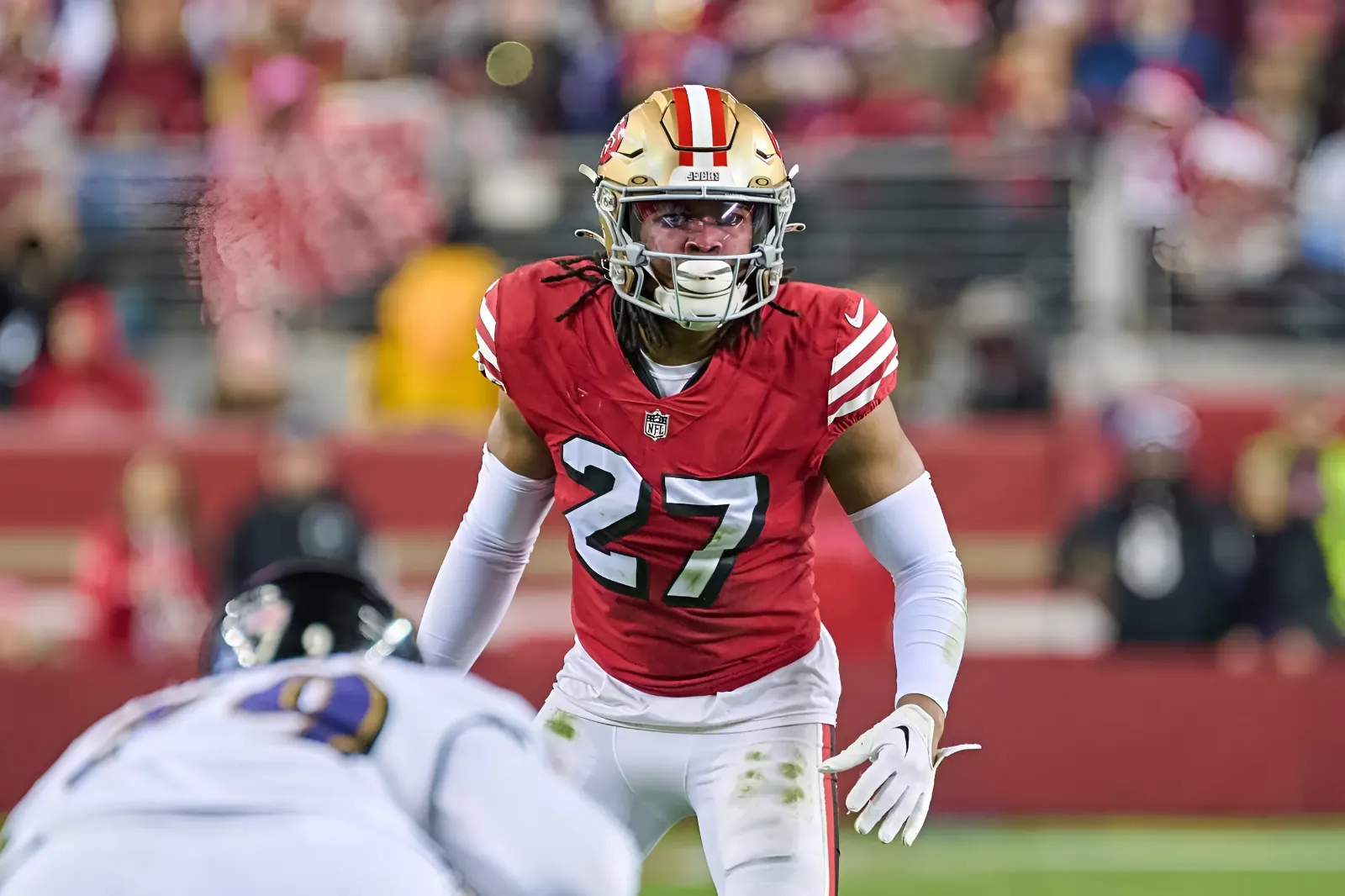
There is definitely more than one way to build a winning Major League team, and the 12 clubs headed to the postseason in 2024 certainly prove that.
On one hand, there are the Tigers and Guardians, the AL Central teams leading the way with 16 and 15 homegrown players on their respective rosters, teams built largely via the Draft (13 original draftees for Detroit, 11 for Cleveland). The Astros lead the way in WAR produced by homegrown players with their 13 accruing 30.8, compared to the Guardians at 25.4 and the Tigers at 21.8.
Then there are the Padres, with just three homegrown players, leading the way with 10 free-agent signings and tied for the lead with 12 trade acquisitions (The Dodgers have also landed a dozen players on the trade market.) San Diego’s trade pickups outproduced Los Angeles’ by a good amount in 2024, amassing 25.3 WAR compared to L.A.’s 16.3.
Below is a detailed breakdown of how the 12 clubs were built headed into the 2024 Major League Baseball postseason. If a player was acquired by a team and then re-signed without going to another team, he is listed according to how he was originally acquired. All other players are sorted based on how they were most recently added to their current squads.
AMERICAN LEAGUE
YANKEES (50.0 WAR, 2nd among 12 teams)
Homegrown: 7 (19.6 WAR)
• Draft: 5 (18.3 WAR)
• International: 2 (1.3 WAR)
Free agents: 8 (10.7 WAR)
Trades: 11 (19.7 WAR)
The Yankees have gotten more out of the Draft than most playoff teams, scoring with first-round picks Aaron Judge (2013), Clarke Schmidt (2017), Anthony Volpe (2019) and Austin Wells (2020). New York also is tied for third-most trade acquisitions (11) on a postseason roster with Juan Soto, Luis Gil and Jazz Chisholm their most notable pickups. The Yankees have had some quality free-agent signings as well, ranging from Gerrit Cole on a $324 million guarantee to Nestor Cortes on a Minor League deal. They originally drafted Cortes in the 36th round in 2013 but designated him for assignment and sent him to the Mariners for future considerations in 2019.
GUARDIANS (39.1 WAR, 10th among 12 teams)
Homegrown: 15 (25.4 WAR)
• Draft: 11 (13.3 WAR)
• International: 3 (9.6 WAR)
• NDFA 1 (2.5 WAR)
Free agents: 3 (1.6 WAR)
Trades: 8 (12.1) WAR)
The Guardians have developed most of their talent from within, ranking second among postseason teams in homegrown players (15), homegrown WAR (13.3), drafted players (11) and international WAR (9.6). Signed for $50,000 out of the Dominican Republic in 2019, José Ramírez has become the face of the franchise. The club's three best draftees all were fifth-round steals -- Steven Kwan (2018), Tanner Bibee (2021), Hunter Gaddis (2019) -- while rookie reliever Cade Smith is the best nondrafted free agent in the playoffs. The Guardians also made some astute trades to land unhittable closer Emmanuel Clase (from the Rangers for Corey Kluber) and Andrés Giménez (from the Mets as part of the package for Francisco Lindor).
ASTROS (46.0 WAR, 5th among 12 teams)
Homegrown: 13 (30.8 WAR)
• Draft: 9 (16.7 WAR)
• International: 4 (14.1 WAR)
Free agents: 5 (3.1 WAR)
Trades: 6 (11.0 WAR)
Waivers: 2 (1.1 WAR)
The Astros have reached the American League Championship Series the past seven years, winning four pennants and two World Series titles. Their success stems largely from signing and developing talent, and no playoff clubs has more homegrown WAR than their 30.8. They drafted Kyle Tucker and Alex Bregman with two of the top five picks in 2015, and also found Jeremy Peña (third, 2018) and Hunter Brown (fifth, 2019) in later rounds. No one finds more international bargains than Houston, which signed Ronel Blanco ($5,000), Framber Valdez ($10,000) and Jose Altuve ($15,000). All that said, the Astros' best player came in a one-sided trade (Yordan Alvarez from the Dodgers) and they also stole Yainer Diaz from the Guardians for Myles Straw.
ORIOLES (40.9 WAR, 9th among 12 teams)
Homegrown: 9 (24.5 WAR)
• Draft: 9 (24.5 WAR)
• International: 0
Free agents: 2 (0.3 WAR)
Trades: 10 (10.8 WAR)
Waivers: 4 (2.4 WAR)
Rule 5: 1 (2.9 WAR)
The Orioles are once again among the leaders in original draftees on a playoff roster, tied for third with nine (and all nine of Baltimore’s homegrown players came via the Draft). The O’s draftees have accrued more WAR than any other team, thanks largely to Gunnar Henderson (8.9) with help from Adley Rutschman (3.4) and Colton Cowser (3.1). While the 10 trade acquisitions haven’t accounted for a huge amount of production, it is a group led by Corbin Burnes (3.4), the only arm on the staff with a WAR north of 3.0. No other playoff team has as many as the four waiver claim acquisitions the Orioles have (led by Ramón Urías and his 1.4 WAR) and it appears Anthony Santander (2.9) is the only Rule 5 pickup in the postseason.
ROYALS (45.3 WAR, 6th among 12 teams)
Homegrown: 12 (24.8 WAR)
• Draft: 8 (17.7 WAR)
• International: 4 (7.1 WAR)
Free agents: 6 (10.3 WAR)
Trades: 7 (10.4 WAR)
Waivers: 1 (-0.2 WAR)
The great Royals teams of the past decade prided themselves on their homegrown talent, and this edition -- Kansas City’s first postseason club since the 2015 World Series champs -- is no different. Top 2019 Draft pick Bobby Witt Jr. has become an MVP candidate, and international signees Salvador Perez and Freddy Fermin have given K.C. one of the best catching tandems in the game. The potential return of Vinnie Pasquantino, who has been out with a broken right thumb, would give the lineup a tremendous homegrown boost. The Royals pushed themselves over the edge on the pitching side with shrewd additions, picking up Cole Ragans in a 2023 trade and potential AL Cy Young runner-up Seth Lugo and Michael Wacha as free agents this past offseason to supplement previous Draft picks Brady Singer and Alec Marsh in the rotation.
TIGERS (34.5 WAR, 11th among 12 teams)
Homegrown: 16 (21.8 WAR)
• Draft: 13 (20.3 WAR)
• International: 2 (0.8 WAR)
Free agents: 1 (0.9 WAR)
Trades: 6 (6.4 WAR)
Waivers: 3 (5.4 WAR)
Tarik Skubal was a ninth-round pick out of Seattle University in 2018. Six years later, he’s not only the best player from that Draft, he might be the best pitcher headed into the entire postseason. The AL pitching Triple Crown winner is the poster child for Detroit’s homegrown surge back into the playoffs for the first time since 2014, while top 2019 pick Riley Greene (5.4 WAR) has held down that title on the hitting side. Detroit leads the way with 16 homegrown players on its postseason roster, just beating out AL Central rival Cleveland for that distinction, and that list is littered with current or former Top 100 prospects including those two above, rookie standout Colt Keith, infielder Jace Jung and the game’s current top pitching prospect Jackson Jobe. Acquiring Trey Sweeney as a prospect and turning him into the club’s starting shortstop down the stretch is an example of a move that turns a club from a pretender into a contender.
NATIONAL LEAGUE
DODGERS (47.7 WAR, 3rd among 12 teams)
Homegrown: 5 (6.4 WAR)
• Draft: 4 (5.1 WAR)
• International: 1 (1.3 WAR)
Free agents: 8 (25.0 WAR)
Trades: 12 (16.9 WAR)
Waivers: 1 (-0.6 WAR)
The Dodgers are making their 12th straight trip to the postseason, and though their ability to sign and refine amateur talent fueled a lot of success, this club has much less homegrown flavor than previous editions. No playoff team has gotten more out of free agents than Los Angeles, which imported 50/50 man Shohei Ohtani, Teoscar Hernández and Yoshinobu Yamamoto last offseason for more than $1 billion in combined guarantees and previously signed Freddie Freeman and Max Muncy on the open market. The Dodgers acquired Mookie Betts in a blockbuster trade and pulled off smaller but efficient deals for Miguel Rojas and Jack Flaherty. Their best internally developed players are 2016 first-rounders Will Smith and Gavin Lux.
PHILLIES (50.1 WAR, 1st among 12 teams)
Homegrown: 6 (13.8 WAR)
• Draft: 4 (10.6 WAR)
• International: 2 (3.2 WAR)
Free agents: 9 (21.5 WAR)
Trades: 10 (14.8 WAR)
Waivers: 1 (0.0 WAR)
The Phillies finished with the second-best record in baseball behind the Dodgers, but top everyone with their 50.1 WAR, just edging the Yankees. And they’ve gotten production from pretty much every player acquisition area. The work from their nine free agents (21.5 WAR) is better than any other teams except the Dodgers, a group led on the mound by Zack Wheeler (6.0 WAR) and at the plate by Bryce Harper (4.8). Two draftees finished with WAR over 3.0: Aaron Nola (3.5) and Alec Bohm (3.1). Three of the 10 players acquired via trade also topped that 3.0 mark and the leaders might surprise you a bit, with Cristopher Sánchez (3.3) and Brandon Marsh (3.2) edging J.T. Realmuto (3.1).
BREWERS (34.4 WAR, 12th among 12 teams)
Homegrown: 5 (12.0 WAR)
• Draft: 4 (8.2 WAR)
• International: 1 (3.8 WAR)
Free agents: 9 (4.7 WAR)
Trades: 11 (18.0 WAR)
Waivers: 1 (-0.3 WAR)
Milwaukee’s trade acquisitions pop most, headlined by star catcher William Contreras (4.9) and consistent shortstop Willy Adames (3.1). Even 26-year-old rookie Tobias Myers contributes nicely after posting a 3.00 ERA over 138 innings as a breakout starter. While free agents are the second-biggest group, they lack similarly heavy hitters, led by Blake Perkins whose 1.9 WAR comes primarily from his defense and speed. That shouldn’t be a huge shock for a small-market club that isn’t known for taking big swings on the free-agent market. That said, Milwaukee was willing to sign preseason No. 2 overall prospect Jackson Chourio (the current club’s only international signee) to an eight-year, $82 million extension before his MLB debut, and the 20-year-old rookie has already rewarded that confidence, especially in the season’s second half. Second baseman and 2018 21st overall pick Brice Turang (4.6) is Milwaukee’s biggest Draft contributor.
METS (41.2 WAR, 8th among 12 teams)
Homegrown: 7 (14.8 WAR)
• Draft: 5 (11.6 WAR)
• International: 2 (3.2 WAR)
Free agents: 7 (12.3 WAR)
Trades: 10 (13.6 WAR)
Waivers: 2 (0.5 WAR)
The Mets’ roster is a well-balanced one, at least in terms of mode of acquisition. The trade group is the largest and most impactful by WAR, and that shouldn’t come as a shock in terms of value considering likely NL MVP runner-up Francisco Lindor (6.7 WAR) came over in a swap. Mark Vientos (3.4) supplanted Pete Alonso (2.5) and Brandon Nimmo (2.3) as the most impactful former Mets Draft pick during his breakout 2024 season, while 2017 20th-rounder David Peterson (2.9) came up huge for New York’s rotation. On the free-agency side, Sean Manaea (3.0) and Jose Iglesias (3.0) weren’t initially considered massive additions, but they certainly played like them. That’s all the more impressive for the 34-year-old infielder, who signed a Minor League deal last December.
BRAVES (44.1 WAR, 7th among 12 teams)
Homegrown: 4 (7.0 WAR)
• Draft: 2 (5.4 WAR)
• International: 2 (1.6 WAR)
Free agents: 11 (14.8 WAR)
Trades: 11 (22.3 WAR)
Despite losing three key homegrown members of the roster in Ronald Acuña Jr., Austin Riley and Spencer Strider, the Braves are headed to the postseason for the seventh straight season. Michael Harris II leads the way among the homegrown talent still on the roster with 3.1 WAR. Atlanta has been very busy on the trade market, but no deal was bigger than acquiring Chris Sale for the 2024 season. He led the team with 6.2 WAR, with Matt Olson (3.9) and Max Fried (3.5) next in line. The Braves have also brought in a lot of free agents of various shapes and sizes. Reynaldo López (5.0 WAR) has been most productive, though Marcell Ozuna held up his end offensively (4.4).
PADRES (47.6 WAR, 4th among 12 teams)
Homegrown: 3 (8.3 WAR)
• Draft: 1 (4.4 WAR)
• International: 2 (3.9 WAR)
Free agents: 10 (12.8 WAR)
Trades: 12 (25.3 WAR)
San Diego has a reputation for trading away homegrown prospects for more established Major League talents, and digging into the numbers, that absolutely holds up. The Padres claim 12 traded players on its postseason roster. That’s tied with the Dodgers for the most of any playoff team, but their 25.3 WAR trumps Los Angeles’ 16.9 from the same group. San Diego picked up three four-win players on the trade market alone in Dylan Cease (4.1), Michael King (4.1) and Tanner Scott (4.0), and it’s interesting that King, in particular, came when San Diego was selling (in this case, moving Juan Soto to the Yankees ahead of his free-agent year). Then again when an organization is an active trader, the prospects they decide to keep always stand out too. The only San Diego Draft pick on the roster is NL Rookie of the Year candidate Jackson Merrill, and one of the two international signees is franchise star Fernando Tatis Jr.



